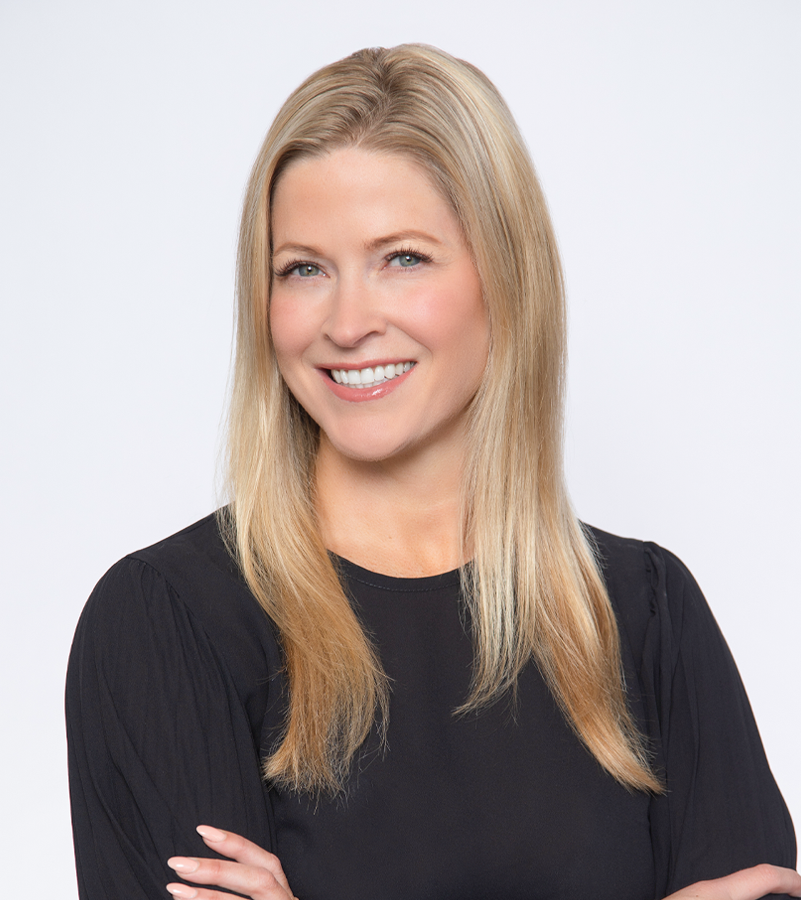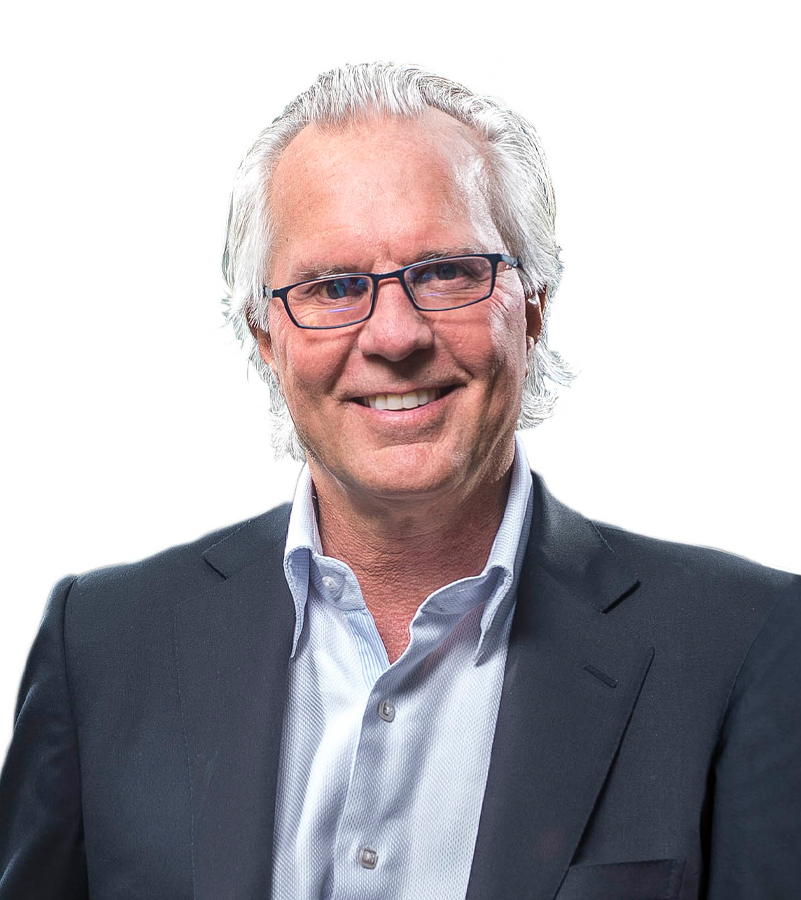"I want to continue to be on projects that people get excited about to see.”
We understand that Harris is a leader in design, engineering, construction, manufacturing and building automation. Could you please give us a brief introduction to Harris as of today?
When we look at our core business, we’re a union mechanical contractor. Our scope of work includes all aspects of mechanical, plumbing and piping sheet metal. We’re vertically integrated, so we have the resources and talent to start with the design and then continue with the management, manufacturing and installation of all those different systems.
We don’t just build the systems; we also provide all the controls and automation to ensure that the systems operate the way the owner wants them to, allowing them actually to have control over the building’s operation.
The final segment of the business is our service and maintenance. So, we don’t just build the building; if we’re engaged to do so, we will remain there throughout the facility’s life to make sure that it operates correctly as intended. We maintain it, and then we can even make modifications as we go. So that’s our core business.
And what would you say are the keys to your success?
The first item I would say is our team. Maybe 10 years ago, when we engaged in a new version of strategic planning for the organization, we actually put talent and culture at the center of our strategic plan. It was our game changer. This was our area of focus. And we’ve been very intentional about that over that 10-year period. And I think we’ve built the right framework to find, attract, develop and retain talent.
The other thing that I would add to that is the culture that we have within Harris. It’s a very welcoming, open-minded and respectful culture. In general, we really empower our employees; we provide autonomy and opportunity. We have a long-term view as an organization. So people have the permission to try things and sometimes to fail, and we’re very good at actually providing a second chance. So when you look at those two, teams and cultures, they actually reinforce each other.
Another thing that we’re good at is identifying and managing risk. We don’t run away from it. I think we have a good balance between having the right controls in the right place and keeping decisions as low as possible in the organization.
Finally, we probably have the right processes—mechanical, I mean. It’s rare that a process would be considered a competitive advantage in business. But when you look at the mechanical trade, it is very detailed. It involves a lot of small components or millions of parts, and they make planning and executing this type of project very difficult.
Over time, we’ve built the expertise to break this down into manageable components and have the right scheduling and management tools so that we pretty much know what we’re supposed to do every day. At the end of the day, we know that we actually did it. That’s not easy to replicate. It sounds simple, but because it is a very detailed and complex industry, it’s taken years to get to that point.
Could you also discuss the advantages of design-build and advanced work packaging?
For design-build, we have a design studio with an extremely knowledgeable and creative team. This format can actually help the client and usually the end user. It allows us to get closer to the end user and allow them to design systems and a building that will perform the way they intend to within a certain budget. There are multiple benefits to using that approach.
The other one is that our design team is obviously within our organization. So they’re very connected to how we will sequence the work, how we can pre-fabricate the components that we will deliver to the job site and how the work is going to get installed. So having that internal connection to all the different aspects of the work and to all the different departments within our organization really gives them an advantage in being able to deliver on that.
As I mentioned, we have a very experienced and very knowledgeable team. And that has worked very well for us. This team actually doesn’t just do design-build for us. We actually work even on projects that are not designed well. We try to apply the same concepts. So, some projects may use more of a design-assist format, where we get documents that are not fully complete. They’ve reached a certain level of completion, and then it’s our job to get them to 100 percent. We can still have influence that way.
And there are times when, in theory, the building is designed more as a glance-and-spec delivery method, and we can still provide some inputs and we do so. That’s what we do on the design-build side of things.
Work packaging goes to what I was describing earlier in terms of having the right processes. As I mentioned, our trade is very complex and has a lot of different components. If you take a hospital, for example, I mean the systems have a lot of parts. What we try to do is to take the project and break it down, sometimes by zone, sometimes by system and sometimes by trade, into manageable components. There’s not a set of the same type of quantity. For this, we tried to use a rule of thumb so that we maybe don’t have more than a crew of five people for two weeks for a management unit, usually smaller than that.
That allows us to set objectives that the teams can understand and comprehend. It makes it very easy to measure progress on a directive. This fits into our cascade of scheduling tools, which goes from the master plan to a look-ahead plan that rises to our weekly work plan.
And within that weekly work plan, we have those work packages. Each group knows exactly what they’re supposed to do over that time period. We can get feedback very quickly and adjust our plan if things deviate one way or the other. It’s a concept that is not novel in general. But I think what we’ve done differently is to apply this to our trade and to our type of projects because, as I said, the level of detail and the variety make applying that concept more difficult than what we do. And it’s worked very well for us.
And is there any specific project that you would like to highlight at this time as a showcase of your work?
We have many projects we could highlight for different reasons. In some cases, I don’t even know if I can reveal the name of the project. I have to be careful with that. So, my marketing team may have to take a look at what I’m saying here. If I think about work packaging, we have worked at the Wexner building at the Ohio State University. It’s a hospital, and we really applied the work packaging concept to very fine detail. It’s a very complex project. It was good to see that when utilizing the right process, we were actually able to deliver what we said we would.
When you think about construction in general, the statistics vary. But in general, especially large projects, it is very common for projects to be over budget and extend beyond the original schedule. So what clients are really looking for is certainty. Can you help them get done on time and within the budget that you had agreed upon when you started the project? This is where utilizing the type of processes and describing them actually helps us deliver on that promise to the client. So that’s one project.
We have been doing a lot of work for data centers, clients who are building electric vehicles or battery plants and in the sports and entertainment world. So, US Bank Stadium here in Minneapolis, the Vikings—that’s our local team—and the Las Vegas Raiders Allegiant Stadium—those are iconic buildings that everybody can identify.
And what would you say are your competitive strengths as a company?
When you think about the mechanical market here in the US, it is a very fragmented industry. I think that the market size is probably around 30 billion. And I think that the top 10 contractors have probably around 50 percent of that number. Overall, there are probably over 200,000 mechanical contractors in the country. So, you know very quickly, the players are in the 2 to 3 percent market share. So, it’s a very fragmented industry.
However, I think our strength is that we are focused on team and culture because this is how you deliver in this industry, making sure that we provide that certainty to our clients. It really doesn’t matter if it’s a construction job or a service job. If the project is big, complex, risky and fast, and if people are looking for good interaction and a good experience in building the project, that’s why you pick hairs. Those are the characteristics of our projects. And, as I mentioned, you’re looking for certainty in budgets and schedules. That’s where we deliver.
Are you looking for potential partners? It can be architectural or construction firms. I believe you probably often collaborate with others as well. What will be your message for potential partners?
If you’re looking for a company that can help you deliver on those large and complex projects and are looking for somebody that you can trust, Harris is the partner that can help you achieve your vision and build your project. The mechanical trade is interesting. You know that you have succeeded when people do not notice the products that you have installed. You know, there are no leaks, people are comfortable and it doesn’t make any noise. It just works as it’s supposed to. When nobody knows that you actually have done the work, that’s when you succeed. This sometimes makes it difficult to actually promote the product because people don’t walk into the room and say, “Oh, you have a great HVAC system in here.” Now, if they notice that, usually, it’s not a very good reason.
Is there anything I haven’t asked you about that you think is important to mention?
I think another thing that is important to mention is that we have a national presence in the country, and that applies to service, building automation and construction. One of our construction teams also is a traveling organization. So we actually will go to more remote areas where some of those mega projects have been built. We know how to mobilize a team and a workforce and build the logistics actually pretty much to deliver anywhere and any size of the project. We can probably handle a project from $500 to hundreds of millions of dollars. So we can serve pretty much every one of their needs.
What is your vision for Harris in the next three to five years?
I think that our strategy is going to be about continuing to deepen our relationships with our partners, our customers and our vision. The way it is worded today is “trusted partners.” Ultimately, we want to build enough trust with our clients so that we can almost operate on a handshake and not have a contract. Not that we wouldn’t, but if you can establish that level of trust that we can basically decide very early that we would like to do this project together.
Ultimately, that’s the vision for the organization. It takes a lot to get to that point. You have to build that trust, and you have to deliver on it and do that over time. What that means is that more than likely, our organization is going to continue to grow. In order to service all of our clients the way we intend to, we may add one or two more offerings to what we do. I mean, there are some market segments where we need to move on.
The organization has been on an upward trajectory throughout its entire history. I view that continuing as we adopt a strategy of responsible growth. One of our growth goals is to provide opportunities for our employees. We feel it’s important to have that mechanism so that you can grow in your organization without having to wait for somebody to retire or leave the company. So, we grow for that reason.
However, some of the strategies that we use to continue in that direction are obviously changing right now compared to a few years ago. So, some of the efforts that we’re doing, from a design standpoint or even from scheduling, planning and work packaging, I think we will see machine learning and maybe some versions of AI actually impacting this.
I mentioned earlier that we want to provide certainty for our customers. Well, some of these tools are actually going to help us be more predictable. So, I think technology will play a big part in what we accomplish, even in being able to provide accurate real-time status on projects by using images or video and comparing them to model these types of things. They would be part of our toolbox going forward.



















